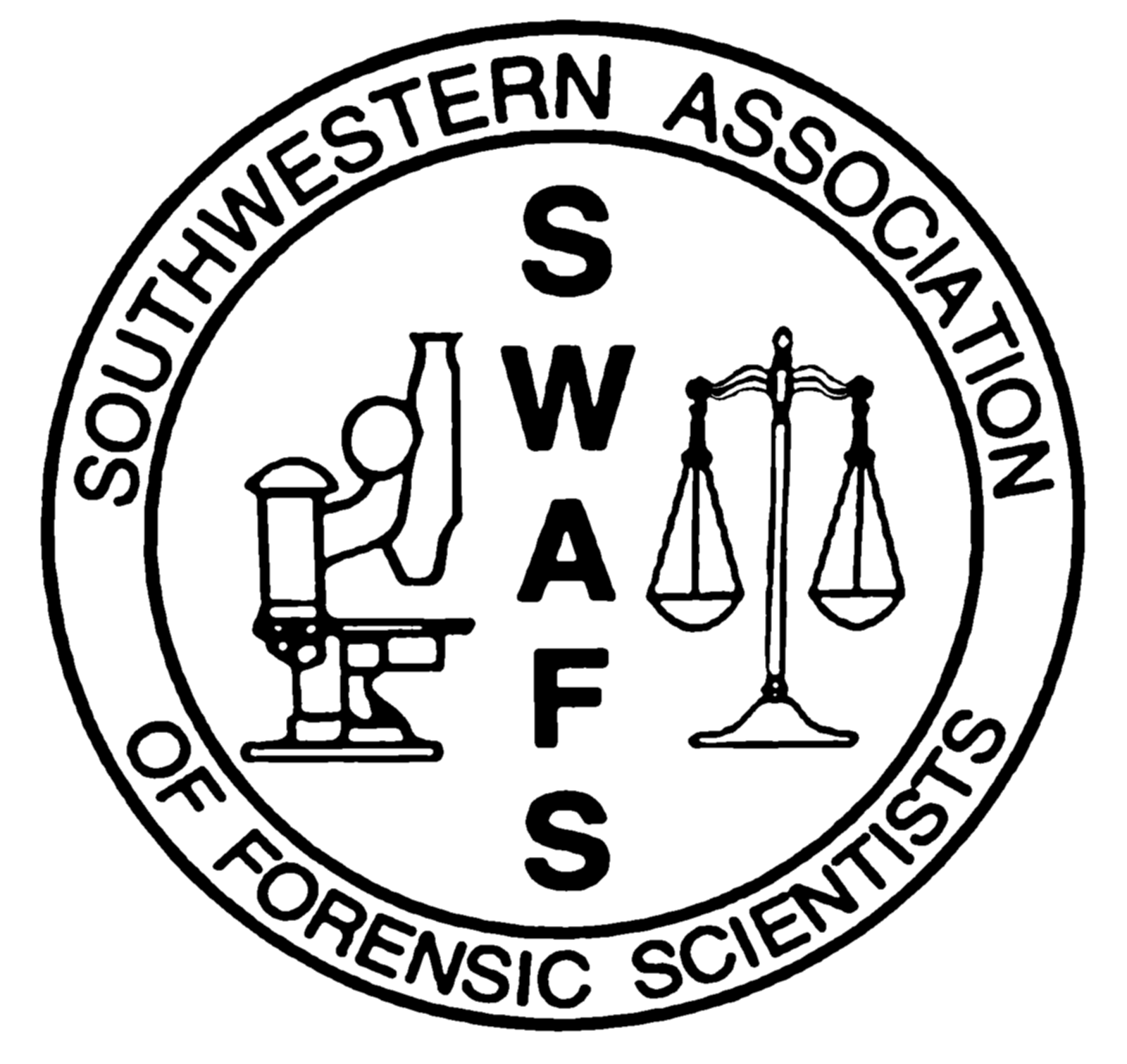Dear Colleagues,
The OSAC Hair Task Group is writing this letter to inform the forensic community about three recently published articles that claim to be able to discriminate the gender of an individual and determine animal species based on stereomicroscopical analysis of hairs. The conclusions reached in these articles are contrary to scientific literature and do not follow standard practices for forensic hair analysis (e.g., ASTM E3175-22 Standard Practice for Training in the Forensic Examination of Hair by Microscopy, ASTM E3316-22 Standard Guide for Forensic Examination of Hair by Microscopy). The articles of concern were published in a pay-to-publish journal of pharmacology by individuals who are not forensic scientists. Included in the articles are multiple citations for the authors’ own research, which are not at all related to the topics of the papers, and may have been included for the purpose of increasing their own citation count and the impact factor of the journal. As we do not want to legitimize these publications in any way by citing them, they are listed below for information purposes only.
Harshini, S. Sneha, Vishnu Priya Veeraraghavan, Abirami Arthanari, R. Gayathri, S. Kavitha, J. Selvaraj, P. K. Reshma, and Y. Dinesh. “Comparative study of male and female human hair: A microscopic analysis.” Journal of Advanced Pharmaceutical Technology & Research 13, no. 5 (2022): 297.
Safiya, S. Nehal, Vishnu Priya Veeraraghavan, Abirami Arthanari, R. Gayathri, J. Selvaraj, S. Kavitha, and Y. Dinesh. “Comparison of human and animal hair–A microscopical analysis.” Journal of Advanced Pharmaceutical Technology & Research 13, no. 5 (2022): 112.
Rajaselin, A. Annika, Vishnu Priya Veeraraghavan, A. Abirami Arthanari, R. Gayathri, S. Kavitha, J. Selvaraj, and Y. Dinesh. “A comparative study of different animal hairs: A microscopic analysis.” Journal of Advanced Pharmaceutical Technology & Research 13, no. 5 (2022): 117.
We reached out to the authors in an effort to have a discussion about their conclusions and the limitations to the methods that were used. We also reached out to the journal editor with our concerns and requested a more rigorous peer review process. From the date of this letter, neither replied.
While we cannot require sound scientific practices be followed outside of accredited laboratory systems, we can inform the broader forensic community of some of the poor and misleading research that is being published. By being careful consumers of information, we can guard ourselves and our discipline against problematic publications like these and prevent them from impacting our work. The above-listed papers demonstrate a clear lack of scientific value through the use of limited methods and overstated conclusions. Furthermore, the number of self-citations unrelated to the topic of the paper demonstrates a lack of academic integrity by the authors and journal editor. We encourage everyone to thoroughly review published research and to follow best practices developed by consensus bodies such as the Organization of Scientific Area Committees (OSAC) and the European Textile and Hair Group (ETHG).
Sincerely,
The OSAC Trace Material Subcommittee- Hair Task Group members and affiliates
